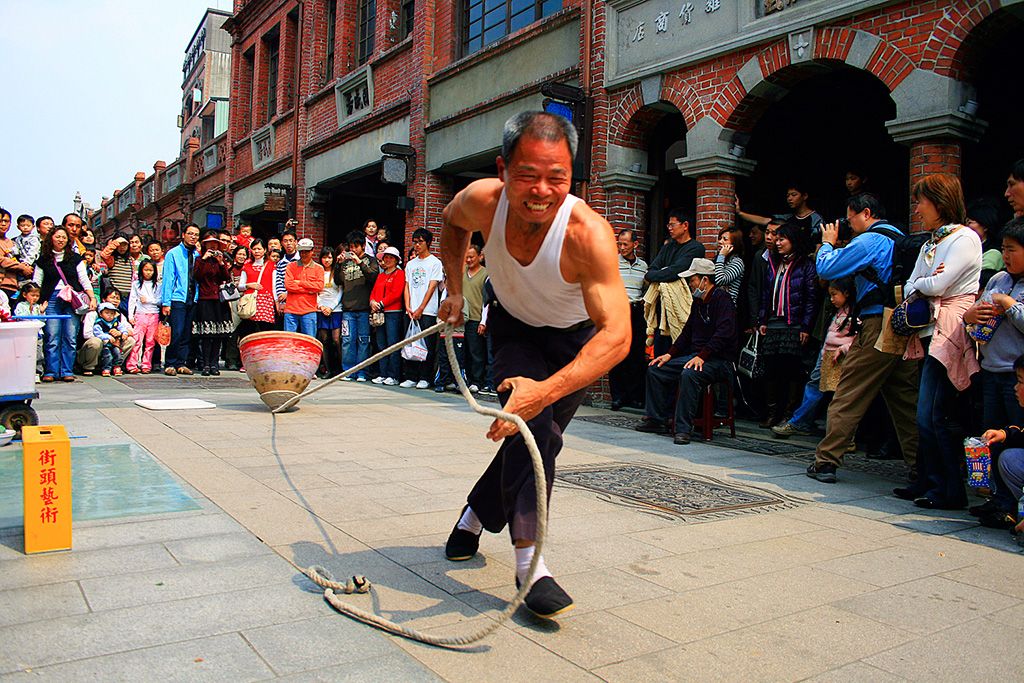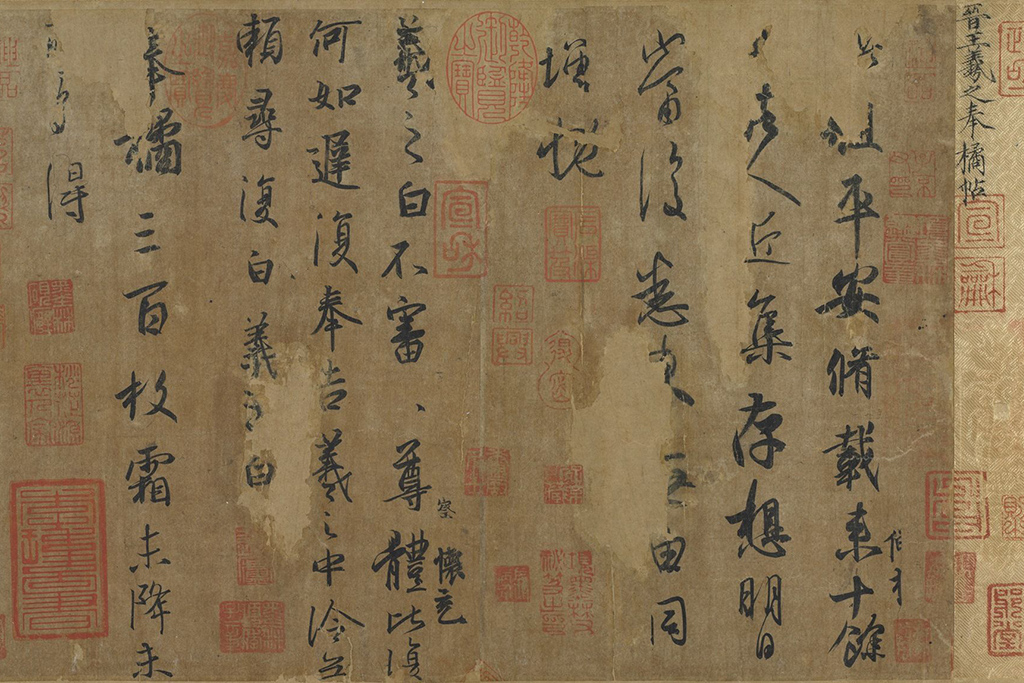Literature and Art
The Heart of Chinese Art Culture
If you want to observe the multifaceted manifestations of 5,000 years of culture, or feel for yourself the joy and harmony of life in a heterogeneous society, then a tour of Taiwan is just what you need.
Perhaps the best thing about experiencing the endless variety of Taiwan's cultural and artistic wonders is that whatever you like, whether it be folk festivals, religious practices, traditional skills, or modern art, everything is right at hand. You can find expressions of the country's rich and varied arts on every street and lane, and in the lives of the people. And every part of Taiwan - north, center, south, and east, and even the offshore islands - presents its own unique local characteristics, profoundly different yet centered on a common cultural core. This is the source of Taiwan's magnetic allure.
Glove Puppetry
Glove puppetry is one of the most important traditional performing arts in Taiwan, an art form that incorporates literary motifs, music, and voice acting.
The puppets are expertly crafted with carved wooden heads, elaborate attire, and other trimmings that make them works of art in their own right. Their faces have no obvious expression; the liveliness of the figurines depends entirely on the puppetry skills of the puppeteer. The carvings and paintings of the puppet stage further add to the delight of the show.

Glove Puppetry

Oil Paper Umbrellas
Oil Paper Umbrellas
Oil paper umbrellas play an important role in the life of the Hakka people. In addition to providing shelter from sun and rain, they are also a symbol of good fortune. The Hakka town of Meinong in southern Taiwan is renowned for its oil paper umbrellas. It is a custom among the townspeople to give umbrellas away as a gesture of good luck. It is common to see people in Meinong walking through the town streets holding an oil paper umbrella on a rainy day. The umbrellas represent not only the locals' love for their hometown, but also pride in their skill and art.
Dough Figures
The making of dough figures is a traditional folk art in Chinese culture. The figures are fashioned from steamed sticky rice and flour dough and so are also called "rice sculptures." Most dough figures are made into characters from legendary stories or are shaped like beasts, flowers, or birds.
Nowadays, some dough figures are shaped into cartoon and comic story characters as well. Since they are brightly colored, dough figures are popular among and loved by children. Dough figures were often sold at temple fairs. Today, they are considered as art works to be collected and appreciated rather than items offered at an altar to the dead or deities in temples, as they once were.
Blowing Sugar Figurines
A sugar figurine is made by first melting malt sugar in a pot, then taking it out when it becomes semi-colloid and blowing it into a hollow round ball with a long and thin tube. When the ball cools down, it becomes solid while the lump of elastic sugar remains soft and warm in the hand. At that point, the sugar blower pulls, rolls, and pinches the ball while blowing into the tube. In less than a minute, a figure takes shape. Although it is not difficult to learn the basics of blowing sugar figurines, it takes much time and practice to do it well.
Chinese Knots
In earlier times, knots were used not only to fasten objects, but also to record facts. In Chinese culture, they have long served a decorative function as well.
The knots have a symmetrical design and subtle beauty that exemplifies traditional Chinese aesthetic values. Today they are called "Chinese knots," or "Chinese macrame."
Scented Sachets
It is customary in Taiwan to make and wear scented sachets (pomanders) during the Dragon Boat Festival, celebrated on the 5th day of the fifth lunar month of the Chinese calendar. In the past when medicine was less advanced, people ground up realgar (arsenic mineral ore) and artemisia and calamus plants into fine powders, and wrapped them in a small piece of cloth to make a sachet that could be worn around the neck. The sachets gave out a scent that kept away insects and bacteria; this is the origin of today's scented sachets.
While these auspicious symbols are no longer used to ward off evils or cure illnesses, they still retain a cultural value and are appreciated for their decorative beauty.
Spinning Tops
"Spinning tops" is a game dating from ancient times which still enjoys great popularity today.
This special type of folk sport is well preserved in the town of Daxi in Taoyuan City, where many residents begin whipping tops from a very young age. The largest "king top" displayed at the Furen Temple weighs 120kg, and is played with a cord thicker than your thumb. The next time you visit this enchanted town to see its historical streets, appreciate the wooden furniture, and shop for tofu, don't forget to see the tops as well!

Spinning Tops

Kites
Kites
Traditional kites in Taiwan are made of narrow bamboo strips and cotton paper, which is light, easy to paint, and not so easily damaged as paper made from wood pulp. Today's kites are mostly made of plastic or nylon and are durable even in rain. In terms of style, there are regular flat kites and sculptural kites in the shapes of dragons, centipedes, and other fanciful figures.
Diabolos
A diabolo is a juggling prop whirled and tossed on a string connected to two sticks, one held in each hand. As the diabolo accelerates, it issues a low humming sound. Experienced performers can simultaneously spin multiple diabolos and send them high through the air. Diabolos are also incorporated into dances and other riveting performances.
Calligraphy
Calligraphy is the most appreciated form of all Chinese arts. Some say it embodies the essence of Chinese culture.
Calligraphy comes in many styles. The characters may be carefully and neatly written, or described with flourish. The characters may also be presented to emphasize their meaning. A work of calligraphy evokes a different response from each viewer. Calligraphy is said to bring peace of mind and inner tranquility, elevate one spiritually, and promote the ability to observe and make judgments. It is also said to enhance perseverance and willpower.

Calligraphy by Wang Hsi-chi of Jin Dynasty

Calligraphy by Tong Chih-chang of Ming Dynasty

Calligraphy by Emperor Xuan of Tang Dynasty

Calligraphy by Chao Meng-fu of Yuan Dynasty
Last update time:Jun 09, 2020